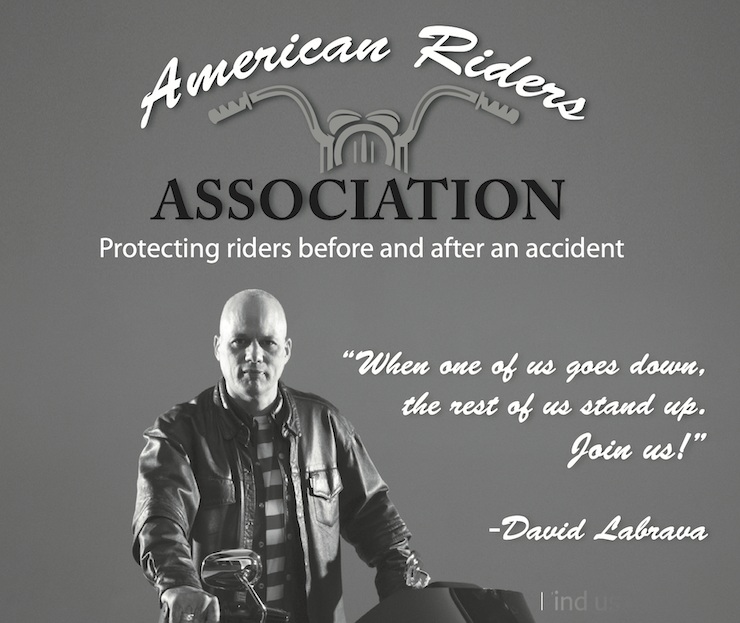You wake up groggy, pain shooting through every muscle, like you got run over by a freight train. You blink, trying to make sense of where the hell you are, and that’s when you catch sight of the cold, white walls of a hospital room. Last thing you remember? The rumble of your bike, the wind in your face, and then—bam.
Then the doc walks in, giving you the rundown on your injuries, and it hits you—you’re lucky to be breathing. But once those hospital bills start stacking up, you might just wish you hadn’t woken up so fast. Here’s the real question: are you covered? Did you prep for this kind of hit to your wallet? Do you have the right insurance to keep you and your family from getting wrecked financially on top of everything else?
Here’s the cold, hard truth: around 11% of licensed drivers in Ohio are cruising around with zero auto liability insurance. That’s right—no coverage at all. And out of the folks who do have insurance, about 5%—that’s 400,000 Ohioans—are only rolling with bare-bones minimums. That’s a whole lot of drivers who wouldn’t have your back if they messed up on the road.
This is exactly why you need Uninsured/Underinsured Motorist (UM/UIM) coverage on every single one of your rides—and in serious amounts. You might think you’re set with “full coverage,” but if you don’t have UM/UIM, you’re gambling. To make matters worse, insurance companies don’t even have to offer you this critical protection anymore. So it’s on you to make sure you’re covered.
Uninsured/Underinsured Motorist (UM/UIM) coverage isn’t just another line on your policy— it’s the most critical coverage you can carry for your bike, car, or truck. This is the insurance that’s got your back, along with your passenger’s and even family members in your household, if you get caught in a wreck where the other driver’s either got zero coverage or a policy that can’t touch the cost of your injuries. UM/UIM steps up to handle medical bills, pain and suffering, lost wages, and future costs.
So, how much UM/UIM should you carry? I’ll tell you this: the state minimums—Ohio’s 25/50, Indiana’s 25/50, Kentucky’s 25/50, Pennsylvania’s 15/30, and West Virginia’s 20/40—aren’t even close to what you need. In our years at Podor Law Firm years handling motorcycle accident cases, we’ve seen what goes down when a rider’s been hit—multiple fractures, usually to the legs, sometimes head injuries—and those bills can easily blast past $70,000. And let’s talk real injuries: crushed legs, head trauma (yes, even with a helmet), severed spinal cords—and worst of all, loss of life. Now we’re in the territory of claims worth hundreds of thousands, maybe even a million or more. So who’s footing that bill?
Those bills pile up fast, and before you know it, you’re staring at numbers way beyond the flimsy state minimum coverage. Even if you’ve got health insurance, providers aren’t known for their patience—if they don’t get paid, it won’t be long before collections come knocking, and there goes your credit. And after the bills are paid off, how much of that settlement is left in your pocket? Barely a dime.
If you’re getting Uninsured/Underinsured Motorist (UIM) coverage, aim to match it to your liability coverage limit. It’s a simple rule: you can’t get more UIM coverage to protect yourself than the liability coverage you’re carrying to protect others.
Now, I know the response: “But it wasn’t my fault! Why should I pay a cent?” You’re right in theory. But this isn’t about ethics; it’s about reality. And the reality is, if you’re seriously hurt on the road, there’s a good chance the other driver’s insurance isn’t enough to cover your medical bills, let alone your suffering and lost wages. And if you try to go after their assets? Good luck— they likely don’t have enough to make up the difference, leaving you with a judgment that’s worthless and a lifetime of “what ifs.”
Your best option? Protect yourself and your family by loading up on as much UM/UIM coverage as you can afford. A 100/300 policy is a solid start—not ideal, but a lot better than what most riders are packing right now. Hopefully, you’ll never have to use it, but like that poncho in your saddlebag, it’s there when you need it.
A judge once said from the bench, “The amount of UM coverage a person carries shows just how much respect they have for themselves and their family.”
So, think about it: are you covered?











